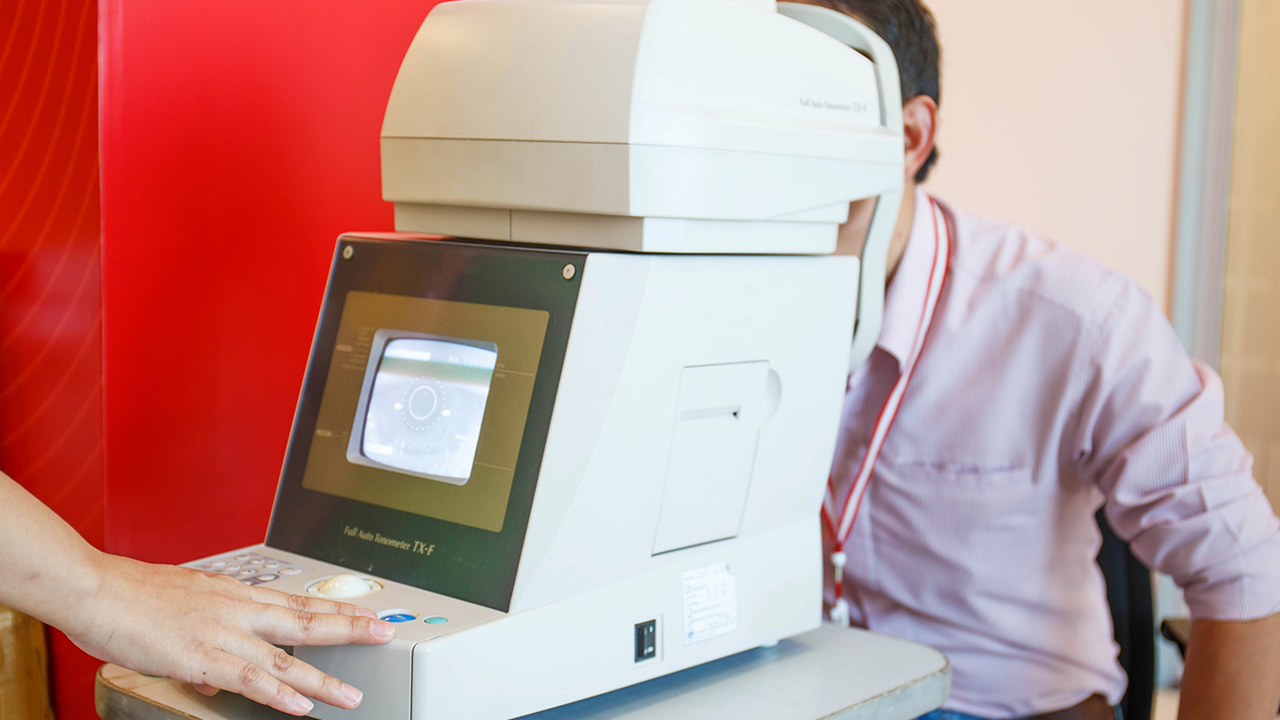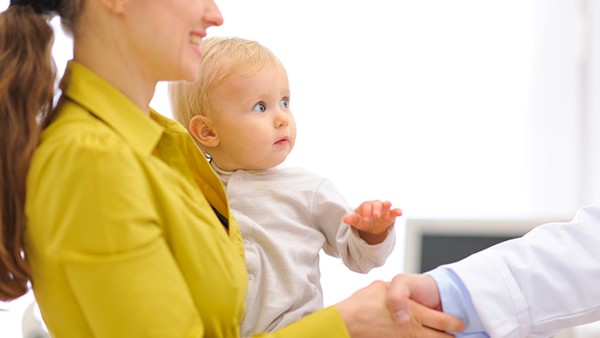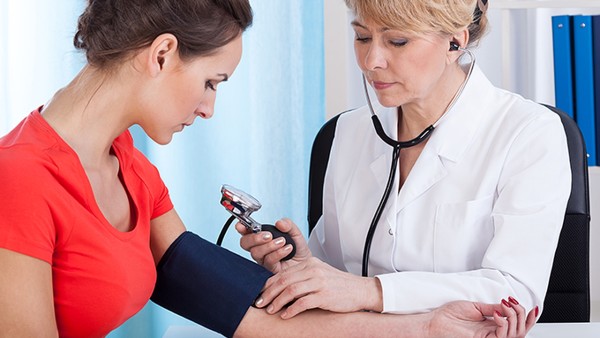How to Treat Vitiligo in Children

Vitiligo is a skin condition that causes white patches to appear on the skin. It is caused by a loss of melanin, the pigment that gives skin its color. Vitiligo can affect people of all ages, but it is most common in children.
There is no cure for vitiligo, but there are treatments that can help to improve the appearance of the skin. These treatments include:
Topical treatments: These are creams or ointments that are applied to the skin. They may contain corticosteroids, which can help to reduce inflammation, or calcineurin inhibitors, which can help to suppress the immune system.
Light therapy: This treatment involves exposing the skin to ultraviolet (UV) light. UV light can help to stimulate the production of melanin.
Surgery: In some cases, surgery may be an option to treat vitiligo. This may involve grafting skin from a healthy area of the body to the affected area.
The best treatment for vitiligo in children will depend on the individual child. It is important to talk to a doctor to discuss the best options.
Diagnosis
Vitiligo is diagnosed based on the appearance of the skin. A doctor will typically perform a physical exam and ask about the child's medical history. In some cases, a biopsy may be necessary to confirm the diagnosis.
Causes
The exact cause of vitiligo is unknown, but it is thought to be an autoimmune disorder. This means that the immune system attacks the body's own cells. In the case of vitiligo, the immune system attacks the melanocytes, which are the cells that produce melanin.
Symptoms
The main symptom of vitiligo is the appearance of white patches on the skin. These patches can be any size or shape, and they can appear anywhere on the body. The patches may be symmetrical or asymmetrical.
Complications
Vitiligo can cause a number of complications, including:
Psychological distress: Vitiligo can be a very visible condition, and it can lead to feelings of self-consciousness and low self-esteem.
Social isolation: Children with vitiligo may be teased or bullied by their peers. This can lead to social isolation and withdrawal.
Skin cancer: People with vitiligo are at an increased risk of developing skin cancer. This is because the white patches of skin are more sensitive to UV light.
Treatment
There is no cure for vitiligo, but there are treatments that can help to improve the appearance of the skin. These treatments include:
Topical treatments: These are creams or ointments that are applied to the skin. They may contain corticosteroids, which can help to reduce inflammation, or calcineurin inhibitors, which can help to suppress the immune system.
Light therapy: This treatment involves exposing the skin to ultraviolet (UV) light. UV light can help to stimulate the production of melanin.
Surgery: In some cases, surgery may be an option to treat vitiligo. This may involve grafting skin from a healthy area of the body to the affected area.
The best treatment for vitiligo in children will depend on the individual child. It is important to talk to a doctor to discuss the best options.
Topical treatments
Topical treatments are the most common treatment for vitiligo in children. These treatments are available in a variety of forms, including creams, ointments, and lotions.
The most common topical treatments for vitiligo include:
Corticosteroids: Corticosteroids are anti-inflammatory medications that can help to reduce the inflammation associated with vitiligo. They are available in a variety of strengths, and they can be applied to the skin once or twice a day.
Calcineurin inhibitors: Calcineurin inhibitors are immunosuppressant medications that can help to suppress the immune system. They are available in a variety of forms, including creams and ointments. Calcineurin inhibitors are typically applied to the skin twice a day.
Topical treatments can be effective in improving the appearance of vitiligo in children. However, it is important to note that these treatments do not cure vitiligo. They can only help to improve the appearance of the skin.
Light therapy
Light therapy is another common treatment for vitiligo in children. This treatment involves exposing the skin to ultraviolet (UV) light. UV light can help to stimulate the production of melanin.
There are two types of light therapy:
Narrowband UVB: This type of light therapy uses a narrowband of UVB light. UVB light is the type of UV light that is found in sunlight. Narrowband UVB light therapy is typically given two or three times a week.
PUVA: This type of light therapy uses a combination of UVA light and a photosensitizing agent. The photosensitizing agent is a medication that makes the skin more sensitive to UVA light. PUVA therapy is typically given once or twice a week.
Light therapy can be effective in improving the appearance of vitiligo in children. However, it is important to note that this treatment can have side effects, such as sunburn, skin cancer, and eye damage. It is important to talk to a doctor about the risks and benefits of light therapy before starting treatment.
Surgery
Surgery is a less common treatment for vitiligo in children. This treatment may be an option if other treatments have not been successful.
Surgery for vitiligo involves grafting skin from a healthy area of the body to the affected area. This surgery is typically performed under general anesthesia.
Surgery can be effective in improving the appearance of vitiligo in children. However, it is important to note that this treatment can have side effects, such as scarring and infection. It is important to talk to a doctor about the risks and benefits of surgery before starting treatment.
Prognosis
The prognosis for vitiligo in children is variable. Some children will experience a complete remission of their symptoms, while others will have a more persistent course of the disease.
The following factors can affect the prognosis of vitiligo in children:
Age of onset: Children who develop vitiligo at a young age are more likely to have a more severe course of the disease.
Extent of involvement: Children with more extensive vitiligo are more likely to have a more severe course of the disease.
Location of involvement: Children with vitiligo on the face or hands are more likely to have a more severe course of the disease.
Associated medical conditions: Children with vitiligo who also have other autoimmune diseases are more likely to have a more severe course of the disease.
Despite the challenges associated with vitiligo, most children with the condition are able to live
The above is all the content that the editor wants to share with you. I sincerely hope that these contents can bring some help to your life and health, and I also wish that your life will be happier and happier.
Topic: #treat #to #how















